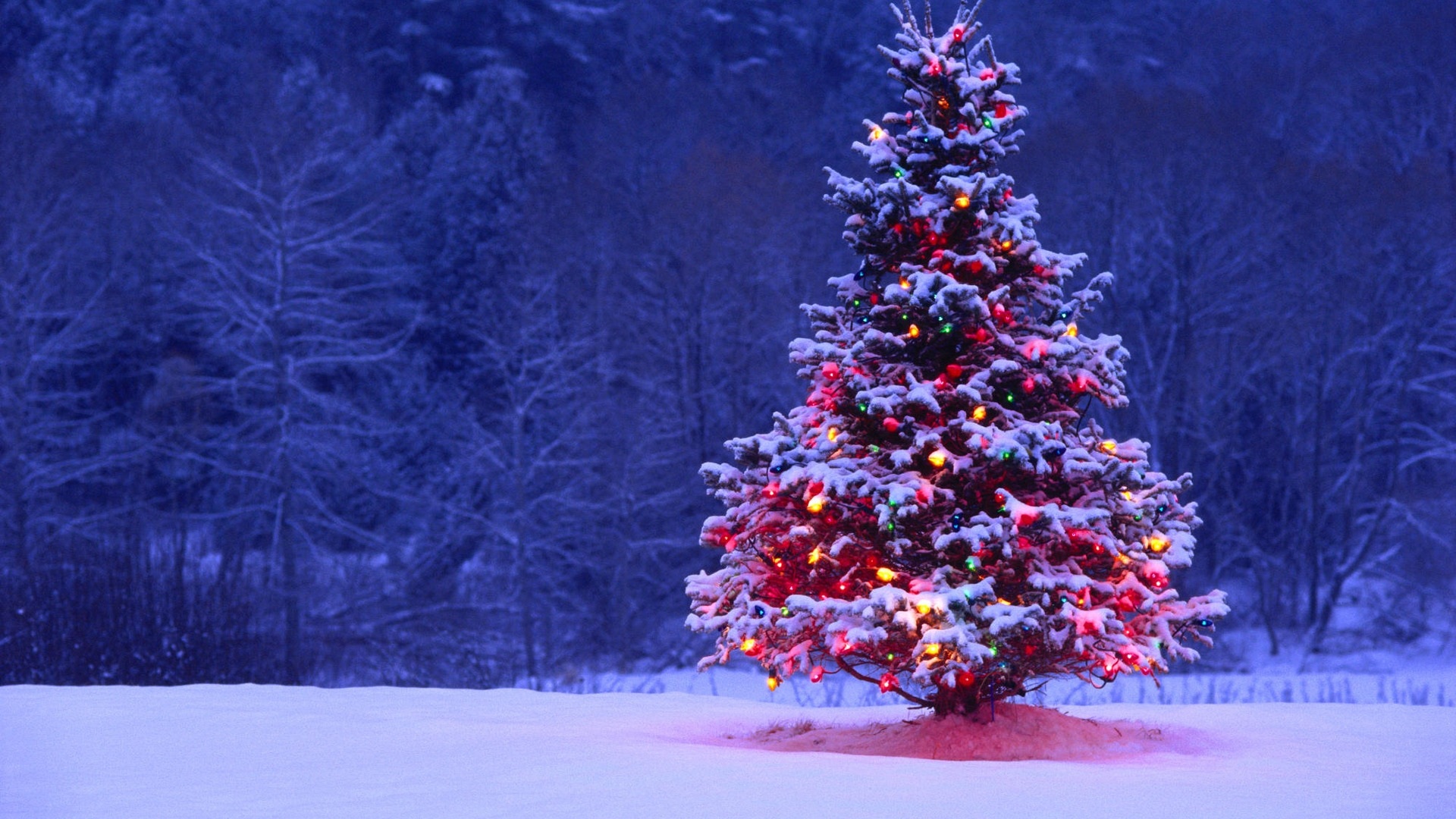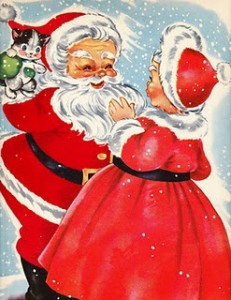Santa Claus
Before Christianity, Germanic people celebrated a midwinter event called a Yule. Supernatural events were have said to occur including ghosts in the sky. The Germanic people said that the god Odin created these happenings. Odin was supposed to have a long white beard and a gray horse. (This was later changed to reindeer.) Odin flew in the sky and delivered gifts to his people. The Western version of Santa is based a lot on the god Odin. When Europeans came to American, Odin transformed into St. Nicholas.
Source: Wikipedia
Christmas Tree
O Christmas Tree! O Christmas Tree! The Christmas tree began before Christianity when plants that remained green all year had special meaning for people in the winter. Many countries believed evergreens kept away witches, ghosts, evil spirits, and illness.
In the Northern hemisphere, the shortest day and the longest night of the year fell on Dec. 21 or Dec. 22 and was called the winter solstice. Many ancient people believed that the sun was a god and that winter came every year because the sun god had become sick and weak. They celebrated the solstice because it meant that at last the sun god would begin to get well. Evergreen boughs reminded them of all the green plants that would grow again when the sun god was strong and summer would return.
Source: History.com
Candy Cane
When the decoration of trees became popular, many people used food items to decorate them such as candy. In 1607, a choir master passed out hooks of peppermint to his students because they were the shape of a Shepard’s cane. They became a popular tradition and swept Europe.
It is said today that candy canes are in the shape of a “J” for Jesus’ name. The white of the cane is supposed to represent the purity of the virgin birth. The bold red is supposed to represent God’s love. The three fine stripes represent the Holy Trinity: the Father, the Son, and the Holy Spirit.
Source: noelnoelnoel.com
Holly and Ivy
The prickly leaves on Holly are supposed to represent the crown of thorns Jesus wore. The berries are the drops of blood that were shed by the thorns. In pagan times, if you brought Holly into your home before Christmas Eve, it was considered bad luck.
Ivy has to cling to something to support itself as it grows. This reminds us that we need to cling to God for support in our lives.
Source: whychristmas.com









{ 0 comments… add one now }